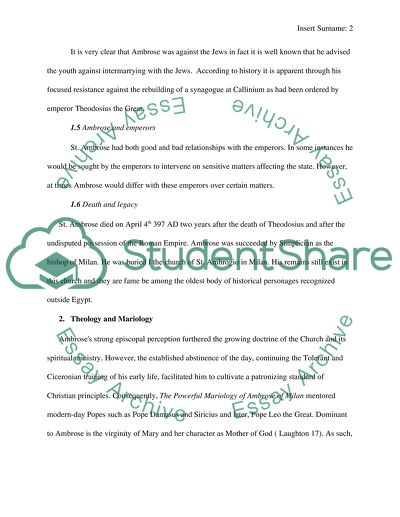Cite this document
(“The Life/Biography of Saint Ambrose Research Paper”, n.d.)
The Life/Biography of Saint Ambrose Research Paper. Retrieved from https://studentshare.org/religion-and-theology/1615826-the-lifebiography-of-saint-ambrose
The Life/Biography of Saint Ambrose Research Paper. Retrieved from https://studentshare.org/religion-and-theology/1615826-the-lifebiography-of-saint-ambrose
(The Life/Biography of Saint Ambrose Research Paper)
The Life/Biography of Saint Ambrose Research Paper. https://studentshare.org/religion-and-theology/1615826-the-lifebiography-of-saint-ambrose.
The Life/Biography of Saint Ambrose Research Paper. https://studentshare.org/religion-and-theology/1615826-the-lifebiography-of-saint-ambrose.
“The Life/Biography of Saint Ambrose Research Paper”, n.d. https://studentshare.org/religion-and-theology/1615826-the-lifebiography-of-saint-ambrose.


